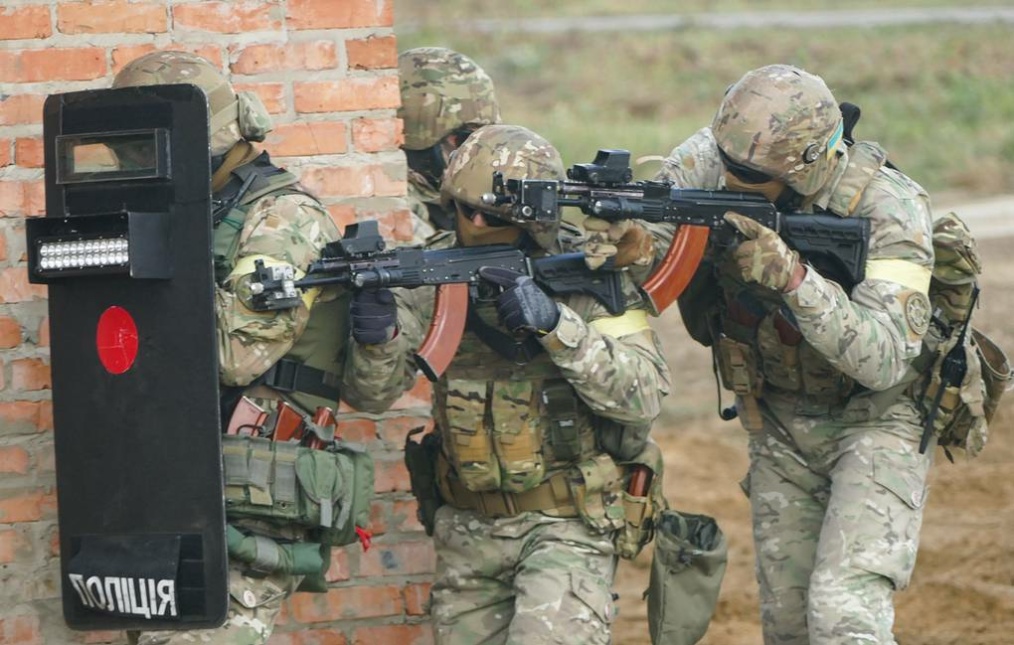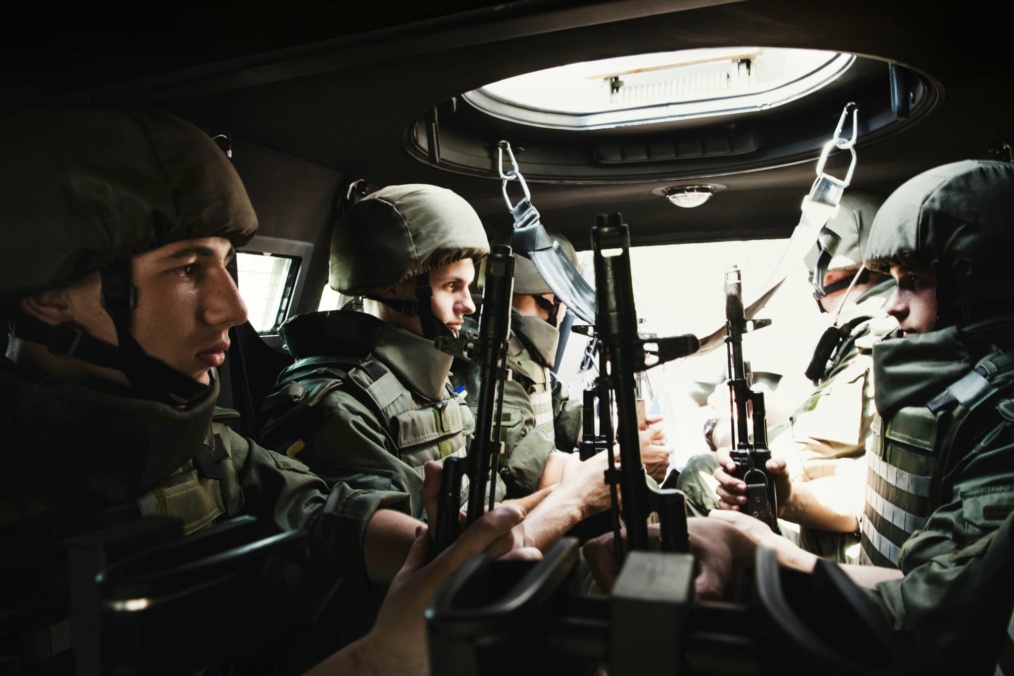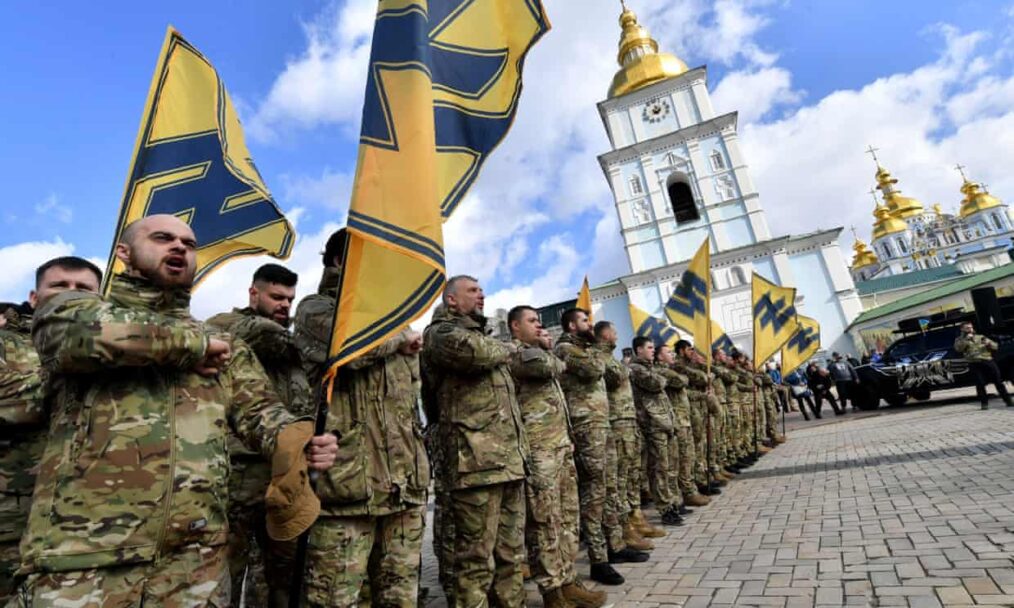There is an urgent call for help in Ukraine as it has been under the constant threat of a possible attack. Generally, too many unresolved issues have become highly complicated through the years. Currently, Russia is looming along the Ukrainian border, creating speculation of an imminent attack. Numerous terrorist threats have been made and, unfortunately, could not be dismantled or somehow settled. It appears terrorist threats are steadily increasing in Ukraine.
Ukraine’s Vulnerability Against Russia
Lately, Ukraine and its Western allies have watched Russia purposefully assemble forces in excess of 100,000 men on the border. In spite of the fact that he professes to have no expectation of attacking, President Vladimir Putin is tactically innovative.
Ultimately, President Putin is trying to prevent Ukraine from joining both NATO and the E.U. by displaying Russia’s power and strongarming the world to comply with his demands. One of President Putin’s strategies is to create tension between the U.S., its allies, and international organizations. Also, Russia is attempting to undermine the U.S. and President Biden by highlighting the recent fallout of events in Afghanistan. Additionally, President Putin hopes to impress Chinese President Xi Jinping through his display of force.
Ultimately, the conflict between Russia and Ukraine did not begin overnight. Russia fears that Ukraine’s acceptance into NATO would undermine its political and cultural dominance in the region, and also belittle its power and authority in Ukraine. Additionally, Russia fears that ethnic conflicts may arise once Ukraine joins NATO, resulting in harmful practices against the Russian-minority population in Ukraine.
The Upsurge of The Terrorist Excursion
Several attacks have aimed their sites on Ukrainian targets, resulting in the Ukrainian government’s recent announcement that it has impeded several premeditated assaults within its borders, such as a bombing in Kyiv. Currently, attacks have been focused against property, however, some fatalities have been reported.
While attacks have currently been aimed at Ukrainian targets, this could change in the future incidents focusing against differing targets.
In January, the Biden organization deduced that Russia was secretively planning assaults against its own rebel partners in eastern Ukraine. “The U.S. has information that indicates Russia prepositioned a group of operatives to conduct a false-flag operation in eastern Ukraine,” an authority told CNN. “The operatives are trained in urban warfare and in using explosives to carry out acts of sabotage against Russia’s own proxy forces,” an official told CNN.
Outcomes And Future Advice
In 2022, Russia has multiple types of attacks to choose from in which they have achieved success in the past. One such tactic Russia could use is a raid, however this would require extensive manpower. Some experts predict that for Russia to conduct a successful raid, they would require at least 175,000 troops.
However, if Russia chooses to conduct a raid, they will need to consider the cost of other resources, besides just manpower. This attack style would require a significant number of guns, surface-to-surface missiles, and air strikes against both Ukrainian personnel and equipment, such as maritime vessels. For Ukraine to handle this mounting and tentative Russian threat, it is imperative they receive assistance from foreign allies to deter a potential ambush.
While Russia is well equipped for a physical confrontation with Ukraine, they may also be planning a cyberattack, similar to their attacks in 2014, possibly targeting Ukraine’s weapons, communications, and electric systems.
Ukraine is unquestionably the center of attention at the moment, as there is a strong possibility of an attack from Russia. There have been numerous terrorist threats and now more than ever lurks the danger for the entire country. The U.S. should be prepared to assist in the event that Russia does instigate an attack against Ukraine.
Katerina Rebecca Paraskeva, Counter-Terrorism Research Fellow



